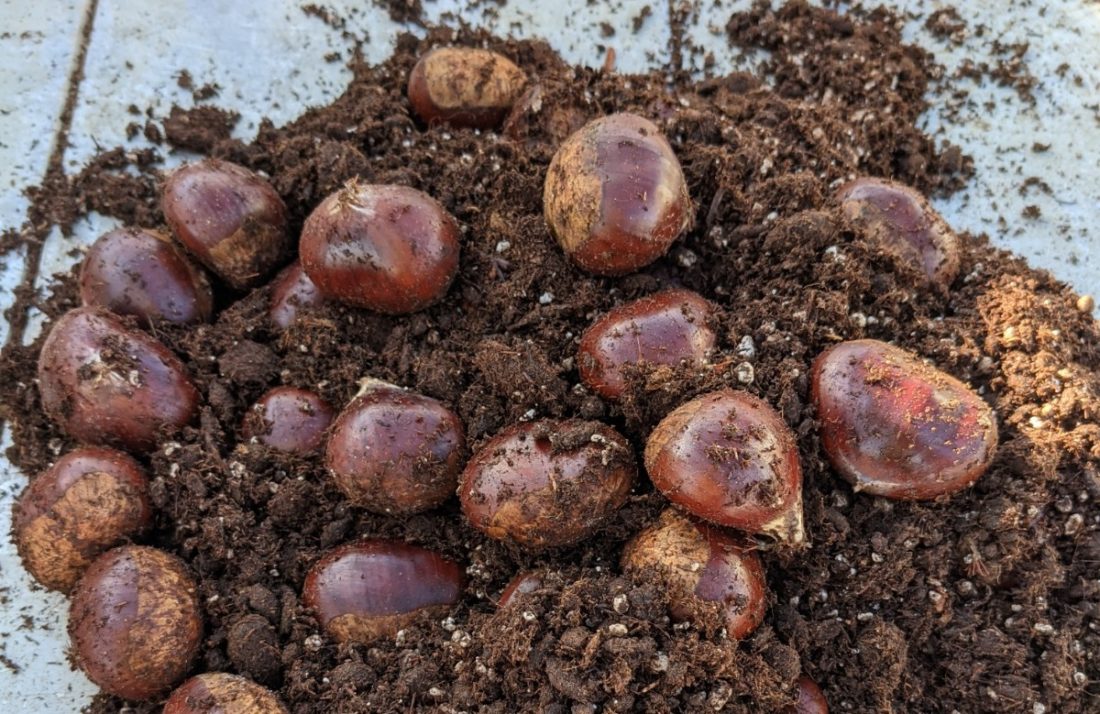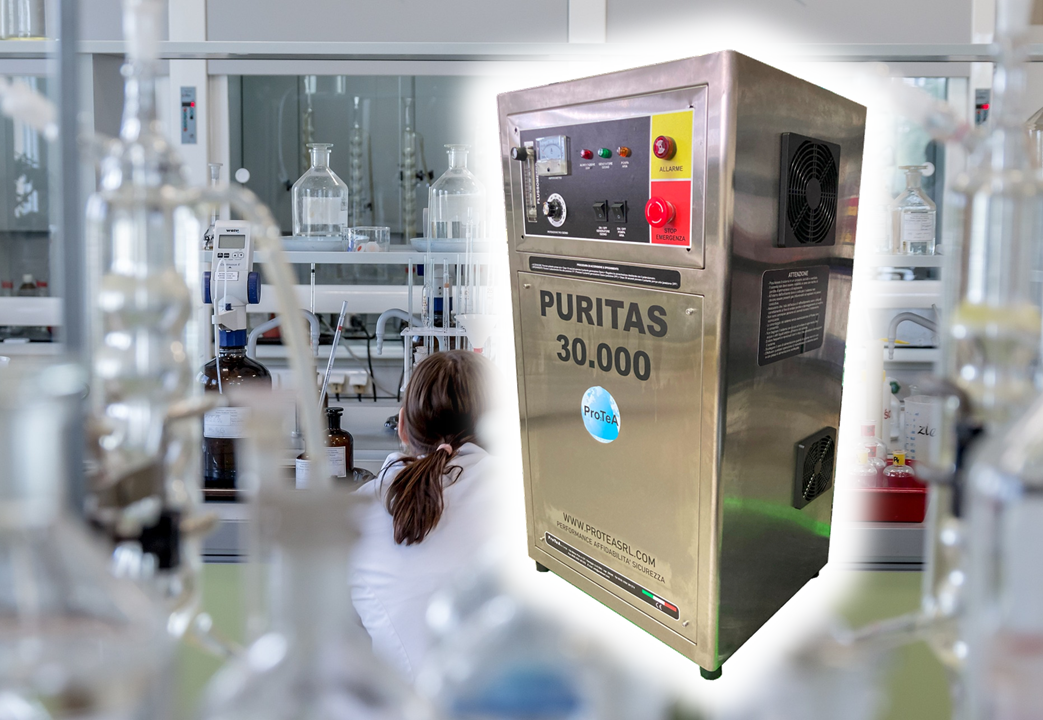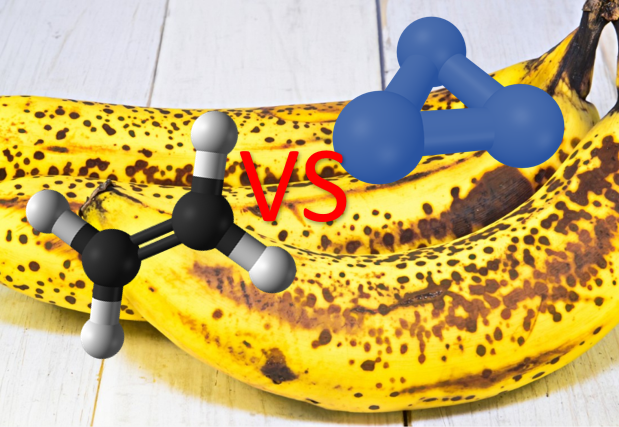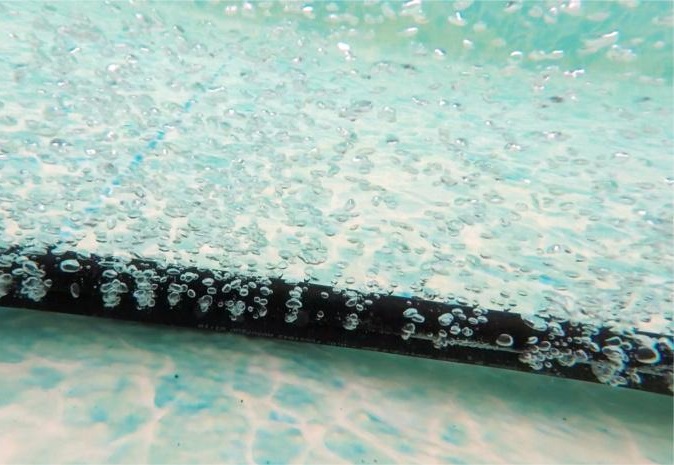
Ozone as a valid help for the sanitization of chestnuts in the post-harvest phases
Ozone as a valid help for the sanitization of chestnuts in the post-harvest phases
The chestnut is an interesting food and is a product that has been greatly re-evaluated in recent decades both for the fresh market and for that of industrial processing. The chestnut, in fact, has different qualities including the absence of gluten (celiac disease and gluten intolerance are increasingly common phenomena), low fat content and absence of cholesterol.
At the same time, however, the cultivation of chestnuts has gone through a rather unhappy period due to devastating diseases that have drastically reduced the harvest forcing Italy to buy the product from other countries such as Spain, Portugal, Turkey, Slovenia or even China and Japan. In fact, starting from 2010, we saw the appearance of a parasitic wasp known as chestnut gall wasp: the infestation of this harmful organism causes a deterioration of the new branches, a lower production of fruit and a thinning of the crown.
While the chestnut gall wasp has now been almost eradicated, another big problem has taken place for the chestnut, namely the Gnomoniopsis castaneae, agent of the brown (or chalky) rot of the chestnut. This fungus has the terrible prerogative of being able to occur both before and after harvesting, hitting the fruits still on the plant, those on the ground or even those in the conservation phase before commercialization or industrial transformation, leading to significant product losses. The symptoms of Gnomoniopsis castaneae are unfortunately visible only inside the chestnuts: the fruits appear healthy when harvested, but when cut, the pulp appears white and chalky.

Gnomoniopsis castaneae: evolution of the symptomatological picture (photo Disafa).
At the moment, there do not appear to be effective control techniques against Gnomoniopsis castaneae or registered active ingredients. The main hope lies in the selection of less susceptible cultivars, which is being worked on in Australia. In Europe, the susceptibility of the main cultivars is pretty high.
However, in recent years, in addition to the traditional post-harvest treatment known as “curatura” (immersion of the fruit in hot water at 50°C for 45 minutes and then for another 45 in cold water), there has been an increasing focus on towards Ozone as a possible solution to the problem. Ozone allows it to be used effectively in two phases: during the washing phase in the form of ozonated water and in the storage phase thanks to the controlled injection of gaseous Ozone into the cold rooms. In this sense, researchers from the University of Tuscia have published a study concerning the treatment with gaseous Ozone entitled “Use of gaseous Ozone in the post-harvesting of chestnuts”.
In the conclusions of the study the following can be read:
“In recent years, much more attention has been paid to the use of sustainable methods for storing chestnuts. This study allows us to affirm that the use of gaseous ozone technology prolongs the conservation of chestnuts at 2°C, without significant negative effects on the qualitative parameters studied. It is effective in controlling microbial growth, while it does not significantly influence the physico-chemical parameters such as titratable acidity and weight loss.”
For this field of application, Protea has developed a system for washing chestnuts with ozonated cold water. In the specific case, the chestnuts after being subjected to immersion in hot water, as required by the “curatura” treatment, are cooled, instead of with only cold water, with ozonated water. This allows to combine the cooling phase with a real sanitization phase aimed at eliminating the possible presence of mold and fungal spores. This type of treatment turned out to be more than positive with obvious advantages in terms of product healthiness, brilliance and shelf-life in the subsequent storage phases.

At the same time, Protea is carrying out in-depth tests on the subject thanks to the help of the 4A Agency technicians of Cuneo Coldiretti, with whom there has been a ten-year collaboration relationship. In particular, Protea and Agency 4A are evaluating whether it is possible to treat sowing chestnuts with ozonated water before being stored in peat and subsequently sown to avoid the onset of any rot in the later stages of the plant. For the moment, we can attest that the results are certainly positive and encouraging: from the data currently available, the treated samples (immersion in ozonated water) are 100% healthy and a better germination performance of the seed has been noted. Happy with the results, Protea will continue to investigate this application in order to offer effective technical solutions against fungi and rot and in particular against the pathogen Gnomoniopsis castaneae (chalky rot of chestnuts).
If you wish to receive more information about the Ozone solutions offered by Protea for washing chestnuts and fruit with ozonated water in the post-harvest phase or for the gaseous Ozone treatment combined with cold storage, do not hesitate to contact our offices at 0584/361274 or by email at info@proteasrl.com.



